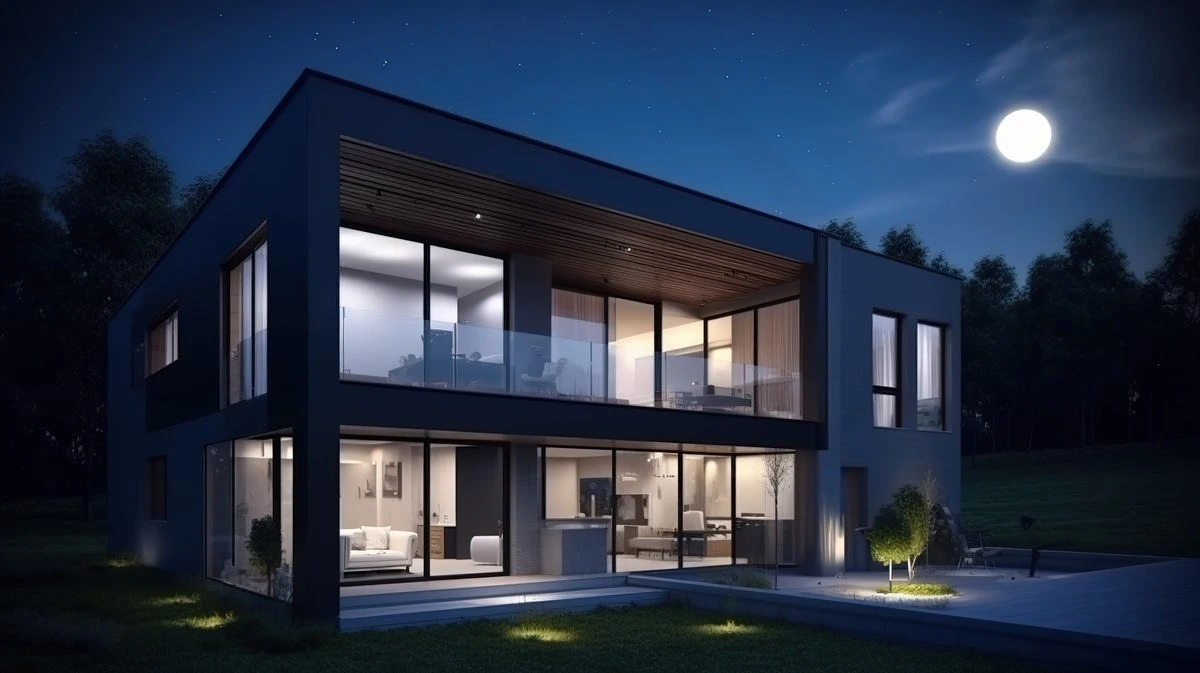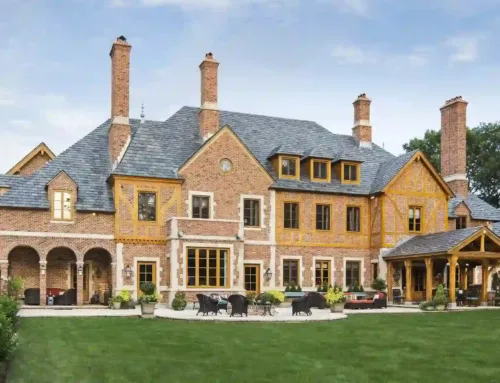The Art of Nighttime 3D Rendering in Architectural Visualization
Do you know why AEC experts rely on nighttime 3D rendering? They capture all the technical aspects with the help of architectural visualization by combining artificial elimination and material properties. Plus, it helps them to emotionally connect their clients with their properties to sell faster. However, in nighttime 3D rendering, the sunlight is not present. There is a combination of warm glow spilling and the subtle luminescence of building facades.
However, to achieve accuracy, you need an artist to cover all the complexities. Professional 3D architectural visualization services balance realistic visuals with a story or drama that nighttime usually provides. If the renderings are executed, then you can achieve the true potential of buildings as they come alive after sunset. Let us give you an overview of the art of nighttime 3D rendering in architectural visualization.
READ OUR COMPREHENSIVE GUIDE TO EXPLORE THE ART OF NIGHTTIME 3D RENDERING IN ARCHITECTURAL VISUALIZATION AND USE PROFESSIONAL SERVICES TO ATTRACT MORE CLIENTS!
The Renaissance of Night Visualization
Basically, the nighttime rendering showcases those features that are neglected in daylight. For this reason, the rendering has a special place in architectural CGI practice. It improves the general functionality and the beauty experience of the space.
Okay, don’t think it just darkens the stage. However, it gives a sense of play with artificial light and other properties.
No doubt, in architectural visualization, lighting plays the most important role in designing night scenes.
The Technical Evolution in 2025
AI-Enhanced Lighting Systems
The use of AI has sped up the process and dramatically transformed nighttime rendering workflows. You can automate the process of lighting, texturing, and others. However, the experts and investors can easily experiment with new ideas and keep the project on track.
Modern AI tools are smart enough because they suggest balanced lighting placements, intensity levels, etc.
Real-Time Rendering Revolution
The professional rendering companies make efficient use of advanced tools like virtual reality (VR) and augmented reality (AR) for real estate. The users can walk through their spaces to oversee nighttime details and lighting. Modern software such as Unreal Engine is on trend to experiment with different layout designs.
Advanced Lighting Techniques for Night Scenes
HDRI Integration for Authentic Environments
HDRI stands for High Dynamic Range Imaging, which helps to capture a wide range of luminosity levels. Expert visualization companies provide 3D architectural exterior rendering by using such techniques to cover night scenarios. However, it offers the coverage of both illumination and reflections that look exactly like real-world lighting conditions.
If the project is complex, then professional visualizers use layered HDRI techniques. They combine different HDRIs to achieve a mix of natural and artificial light.
Photometric Lighting Precision
Occupants and clients now want accurate and perfect lighting to visualize all the details, so that they can prevent over budgeting. Photometric lighting allows users to achieve life-like visuals according to the realistic real world.
It creates authentic shadows, falloff patterns, and color temperature variations. These three factors are super important to create nighttime scenes.
Best Practices for Professional Implementation
Pre-Production Planning
- Start by defining the emotional tone and the purpose of the nighttime scene.
- Dig deeper to plan a structure of light sources and their interaction with the architectural elements.
- You need to choose those materials that complement best with the artificial lighting best.
Production Workflow
- For exterior nighttime renderings, the light sources are mostly the streetlights and the moon. But you have to consider the building’s external and internal light fittings.
- Fix all the light intensity properly and the colour temperatures.
- Add proper weather effects to the nighttime rendering scene.
Conclusion
In short, the art of nighttime 3D rendering in architectural visualization has become a very important tool for architects, developers, and designers. Day after day, the launch of new technologies enhances the general processes. The most important ones are AI, real-time rendering, and advanced lighting technologies! However, without proper Nighttime lighting, no one can achieve the desired outcome to impress clients. With the advancements in the rendering engines, you can create marvelous visuals showcasing your imaginary concepts. In this competitive industry, you need to adopt advanced methods for enhanced visuals. This way, you can approve your designs faster and attract more clients.





